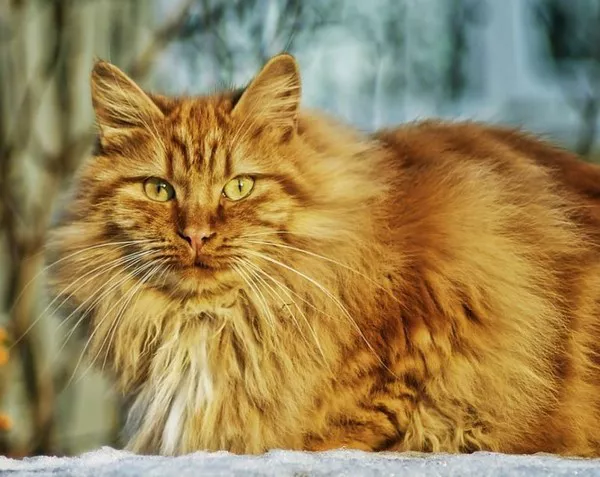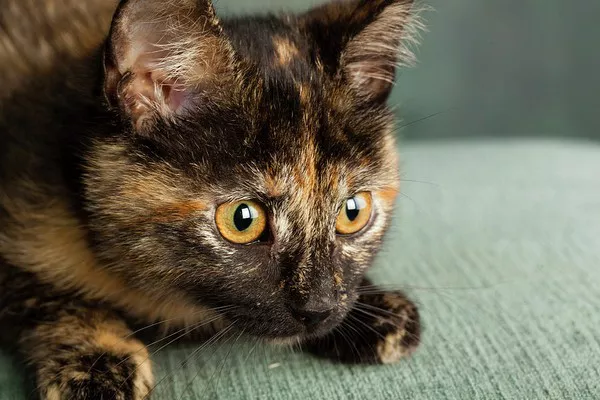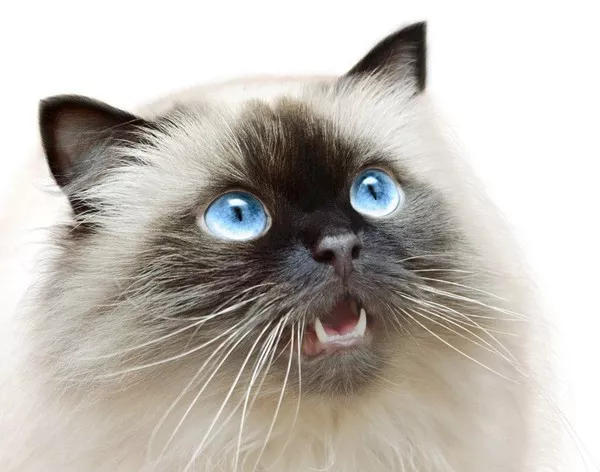The Norwegian Forest Cat, with its majestic appearance and captivating history, has captured the hearts of cat enthusiasts worldwide. As individuals consider bringing this breed into their homes, questions about their temperament and behavior inevitably arise. One common inquiry revolves around whether Norwegian Forest Cats are clingy or independent. In this article, we will delve into the nuances of their temperament, debunk myths, and provide insights into their behavior to help potential owners better understand and appreciate these magnificent felines.
The Enigmatic Norwegian Forest Cat
1. Historical Context
Originating from the cold and rugged landscapes of Norway, the Norwegian Forest Cat boasts a rich history intertwined with Nordic mythology and folklore. Their resilience and adaptability are reflective of their ancestral environment.
2. Physical Characteristics
Known for their thick double coats, tufted ears, bushy tails, and striking appearance, Norwegian Forest Cats possess a unique blend of elegance and wild charm.
Debunking Clingy Stereotypes
1. Misconceptions
The notion that Norwegian Forest Cats are inherently clingy is a common misconception. While they can form strong bonds with their owners, it’s essential to differentiate between genuine affection and clinginess.
2. Individual Variability
Just like with any breed, individual temperament varies among Norwegian Forest Cats. Some may exhibit more independent behaviors, while others may enjoy closer interactions with their human companions.
Recognizing Genuine Affection
1. Affectionate Nature
Norwegian Forest Cats are known for their affectionate nature, often seeking out companionship and interactions with their owners.
2. Social Bonds
Their propensity for forming deep social bonds is rooted in their history as working cats that lived alongside humans for centuries.
Understanding Independence
1. Independent Explorers
Norwegian Forest Cats possess an innate sense of curiosity and adventure, often exploring their surroundings independently.
2. Need for Stimulation
Their independent behaviors are not indicative of aloofness but rather a need for mental and physical stimulation.
Behavioral Cues
1. Vocalization
Norwegian Forest Cats are communicative and may use their melodious voices to express their desires or seek attention.
2. Body Language
Observing their body language, such as purring, kneading, and head-butting, can provide insights into their emotional state and desire for interaction.
Creating an Enriched Environment
1. Interactive Play
Engaging in interactive play sessions with toys that mimic hunting behaviors can satisfy their need for mental and physical engagement.
2. Vertical Spaces
Providing vertical spaces, such as cat trees and shelves, allows Norwegian Forest Cats to utilize their climbing instincts and survey their territory.
Expert Insights
1. Cat Behaviorist’s Perspective
According to Dr. Sarah Johnson, a renowned cat behaviorist, “Norwegian Forest Cats are not inherently clingy. They possess a balanced temperament that combines their affectionate nature with their independent tendencies.”
2. Breed Clubs and Resources
Breed clubs dedicated to Norwegian Forest Cats often offer resources, advice, and insights into their breed-specific behavior, helping potential owners make informed decisions.
Conclusion
In conclusion, the notion that Norwegian Forest Cats are clingy is a misconception that requires nuanced understanding. These majestic felines are affectionate, social, and may seek companionship with their human owners. While they may form strong bonds, their independent nature and need for stimulation should not be overlooked. Recognizing the distinction between genuine affection and clinginess empowers potential owners to provide the ideal environment that nurtures their Norwegian Forest Cat’s physical and emotional well-being. As the guardian of this remarkable breed, it’s essential to embrace their unique blend of traits, fostering a harmonious companionship that celebrates their history, temperament, and individuality.


























